New technology will significantly reduce the capital and operational costs of renewable hydrogen.
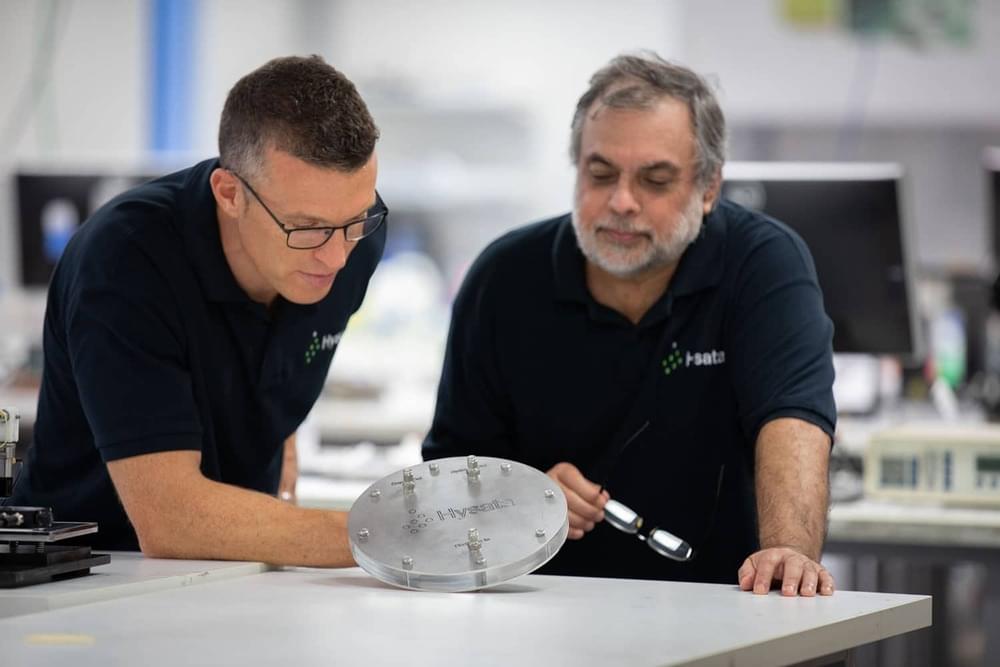

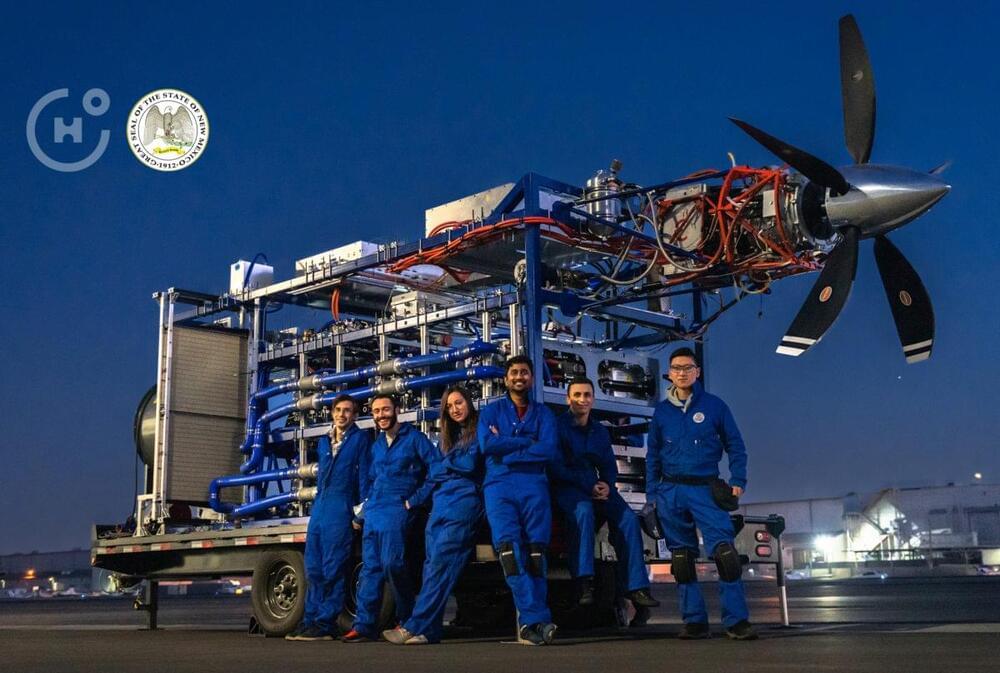
Abundant fuel cell raw materials and renewables potential could add up to a green hydrogen economy in the Philippines, according to Jose Mari Angelo Abeleda Jr and Richard Espiritu, two professors at the University of the Philippines Diliman. In a paper published in this month’s Energy Policy, they explained the country is a latecomer to the sector and should develop basic and applied knowledge for training and research. The country should also establish stronger links between industry and academia, the report’s authors suggested. “The establishment of the Philippine Energy Research and Policy Institute (Perpi) is a move towards the right direction as it will be instrumental in crafting policies and pushing for activities that will usher for more private-academ[ic] partnerships for the development of fuel cell technology in the Philippines,” the scholars wrote. “However, through enabling legislation, a separate and dedicated Hydrogen Research and Development Center (HRDC) will be pivotal in ensuring that sufficient government and private funding are provided.” The authors reported progress in the production of fuel cell membranes but few developments towards large scale production, transport, and storage facilities. “The consolidation of existing renewable energy sources for hydrogen production can also be explored in order to ensure reliable and sustainable hydrogen fuel supply,” they wrote. “This is because the country will gain more benefit if it focuses more on the application of fuel cell technology on rural electrification via renewa[ble] energy-based distributed power generation, rather than on transportation such as fuel cell vehicles.”
Paris-based energy engineering company Technip Energies and Indian energy business Greenko ZeroC Private have signed a memorandum of understanding (MOU) to explore green hydrogen project development opportunities in the refining, petrochemicals, fertilizer, chemical, and power plant sectors in India. “The MOU aims to facilitate active engagement between the teams of Technip Energies in India and Greenko to step up collaborative opportunities on a build-own-operate (BOO) model – in which Greenko will be the BOO operator and owner of the asset and Technip Energies will support with engineering services, integration and EP/EPC [engineering and procurement/engineering, procurement and constructrion] – for pilot and commercial scale green hydrogen and related projects in India in order to offer economically feasible technology solutions to clients,” the French company wrote today.
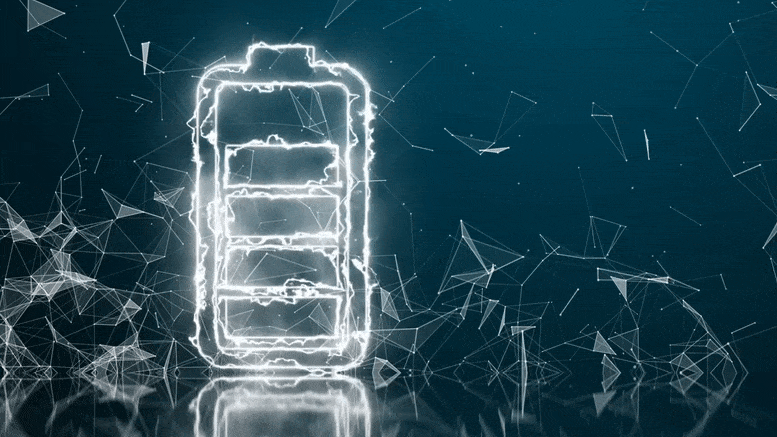
New battery material offers promise for the development of all-solid batteries.
In the quest for the perfect battery, scientists have two primary goals: create a device that can store a great deal of energy and do it safely. Many batteries contain liquid electrolytes, which are potentially flammable.
As a result, solid-state lithium-ion batteries, which consist of entirely solid components, have become increasingly attractive to scientists because they offer an enticing combination of higher safety and increased energy density — which is how much energy the battery can store for a given volume.

Also read: india creates world’s first DC electric train engine with regenerative braking, promises rs 25 lakh saving per train.
Dubbed Infinity Train, it works by using gravitational energy created on the downhill sections of the rail network to recharge its battery power and eliminate the need for recharging on the return leg of the journey.
The train will allow for a capital-efficient solution for removing diesel and pollutants from Fortescue’s rail operations. It will also help remove the need for the generation of renewable energy as well as the setting up of expensive charging infrastructure.

US airlines have begun to scale back the number of flights they are offering to customers, citing the skyrocketing cost of fuel that has been exacerbated by the Russian invasion of Ukraine.
Alaska Air said it will reduce its offerings by as much as 5% in the first half of this year citing “the sharp rise in fuel costs.” Allegiant Airlines will cut flights by somewhere between 5% and 10% in the second quarter, the company’s chief financial officer said.
Allegiant’s financial chief said the company plans to scale back its flight schedule primarily during times of weaker demand. His comments were reported by Bloomberg News.
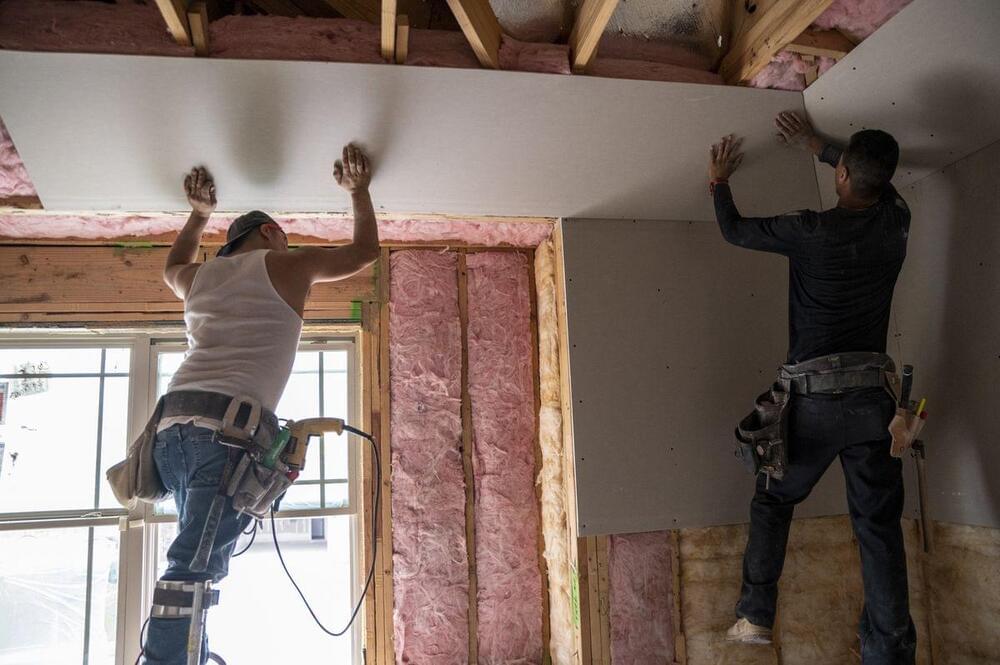
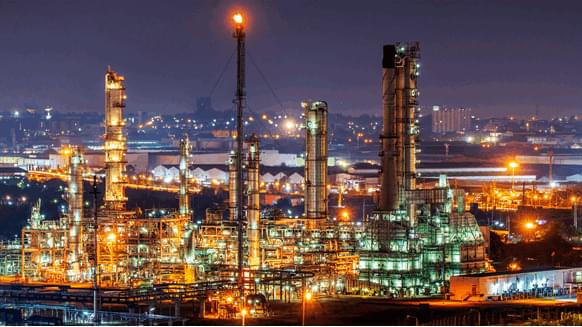
Canada’s major oil sands producers are working together on a first-of-its-kind net-zero initiative that could help ensure long-term, secure supplies of affordable and responsible energy for North America.
Together, Canadian Natural, Cenovus Energy, ConocoPhillips Canada, Imperial, MEG Energy, and Suncor Energy have formed the Oil Sands Pathways to Net-Zero Alliance.
The goal of the Alliance is to achieve a phased reduction in emissions from oil sands operations, reaching net-zero by 2050, working in collaboration with Canadian federal and provincial governments.
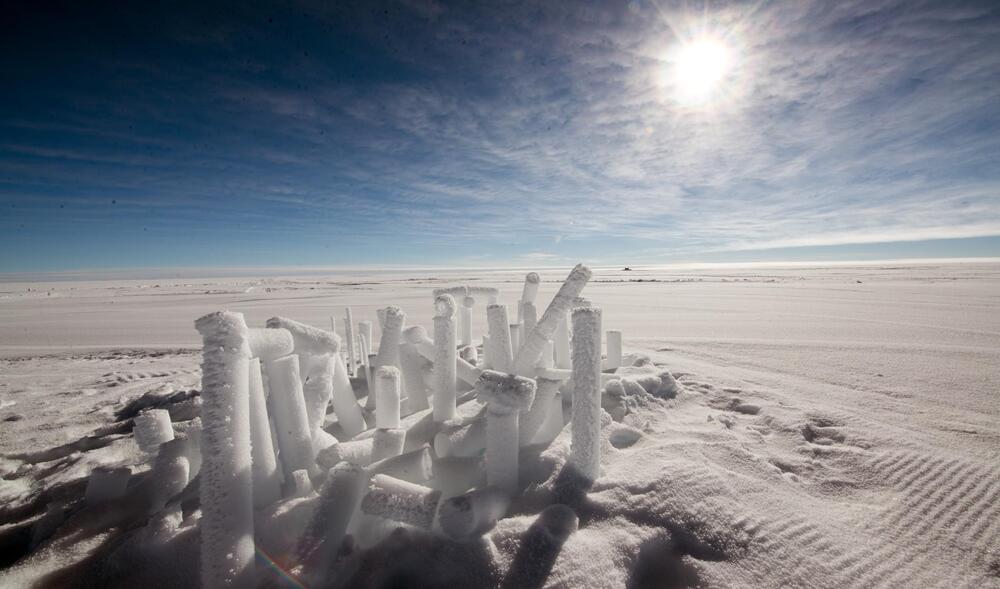
An analysis of radioactive chemicals in ice cores indicates one of the most powerful solar storms ever hit Earth around 7,176 B.C.
(Inside Science) — For a few nights more than 9,000 years ago, at a time when many of our ancestors were wearing animal skins, the northern skies would have been bright with flickering lights.
Telltale chemical isotopes in ancient ice cores suggest one of the most massive solar storms ever took place around 7,176 B.C., and it would have been noticed.
“We know that most high-energy events are accompanied by geomagnetic storms,” said Raimund Muscheler, a professor of geology at Sweden’s Lund University. “So it’s likely that there were visible auroras.”
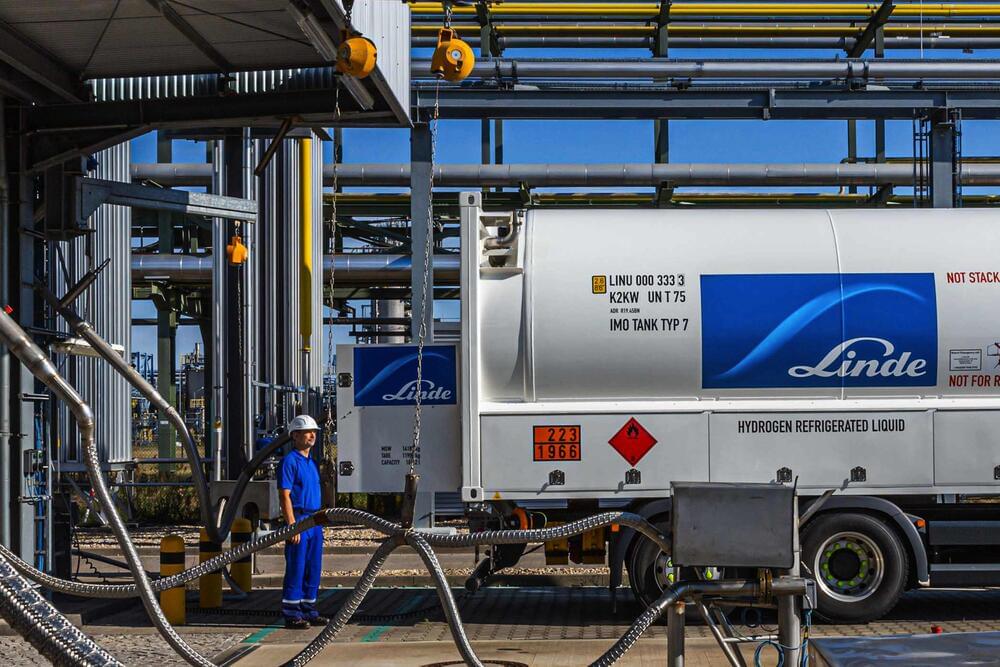
Hydrogen is already a key component of chemical industrial processes and in the steel industry. So making clean hydrogen to use in those industrial processes is critical to reducing carbon emissions, says Jake Stones at market research firm Independent Commodity Intelligence Services (ICIS).
But as an energy source itself, hydrogen’s big advantage is its versatility according to Sunita Satyapal, who oversees hydrogen fuel cell technology for the Department of Energy.
“It’s often called the Swiss Army knife of energy,” she says.
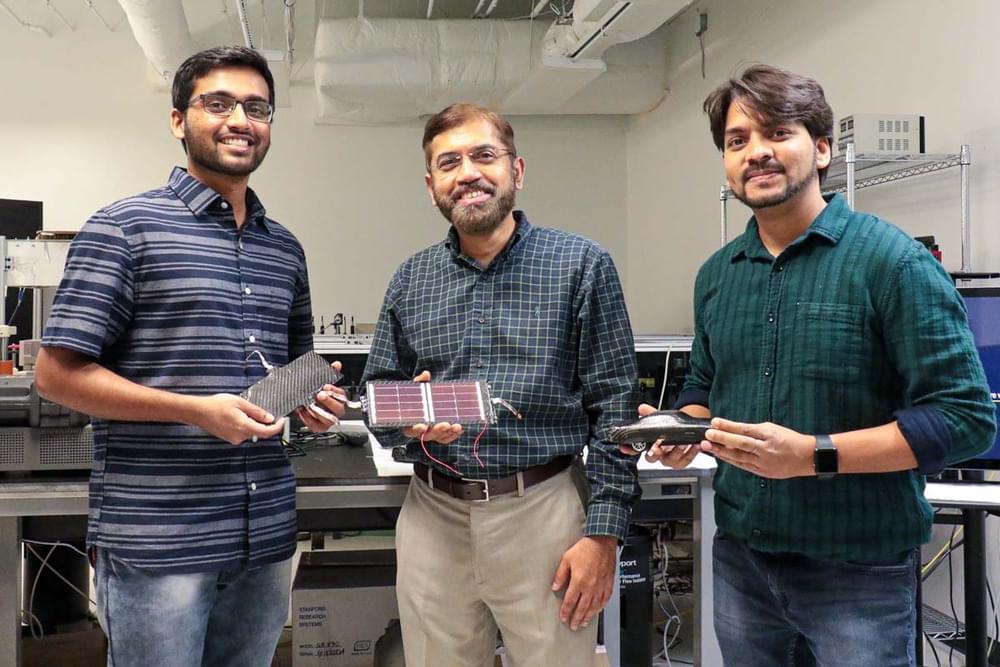
There is an exciting branch of battery research that involves combining the strength and durability of next-generation materials with their energy storage potential. This could see car panels double as their batteries, for example, and in a new example of what this could look like scientists have developed a “power suit” for electric vehicles that could not only extend their range, but give them a handy boost in acceleration at the same time.
Sometimes known as structural batteries, we’ve seen some interesting recent advances in this space from research groups and even big-name automakers. Back in 2013, Volvo demonstrated carbon fiber body panels with energy storage potential, and we’ve seen other teams show off similar concepts since. These projects sought to combine the high energy density of batteries with the ultra-fast discharge rates of supercapacitors, in materials strong enough to serve as a car’s exterior.
This new breakthrough continues this line of thinking, with scientists at University of Central Florida and NASA designing a new material featuring unique properties that allow for not just impressive energy storage potential, but also the strength needed to endure a car crash.